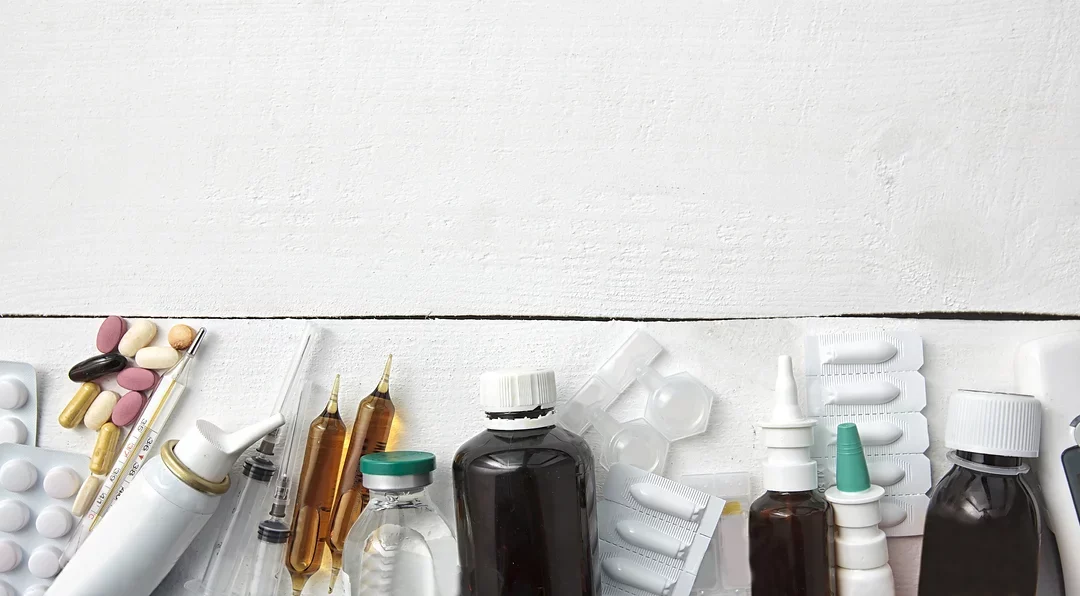As some states lift stay-at-home orders amid growing numbers of COVID-19 cases, scientists worldwide are working on potential treatments and vaccines.
The complexity of drug development and manufacturing makes it unlikely that a new therapy specific to coronavirus will be developed soon. However, many existing medications used to treat other conditions are being touted as potential remedies for COVID-19. Many treatments and medications currently being tested target older and high-risk individuals who are already infected with coronavirus. High-risk individuals include[1]:
-
Those with chronic lung disease or moderate to severe asthma
-
Those with serious heart conditions
-
Those who are immunocompromised
-
Those with severe obesity
-
Those with diabetes
While providers look for curative treatments for these individuals, over 100 teams around the globe are working to develop a vaccine that could help prevent future infections.
Prescription Medications
From antivirals to heartburn medication, drug companies are testing a wide range of potential drug options. The FDA has loosened certain guidelines to allow for quicker testing, but no manufacturer has offered a timeline for when a drug may be available for wide-spread use. The speed and severity of the pandemic makes it difficult for practitioners to share treatment information or receive substantiated feedback from governing bodies. For now, no wide-spread treatment protocol has been established. Many physicians, practices, and hospital systems are simply using what has worked for their patients.
In addition to “main-stream” medications, several unique types of drugs are being explored as potential treatments.
Monoclonal Antibodies
Monoclonal antibodies are laboratory-produced molecules that mimic the body’s naturally produced antibodies to trigger an immune response and attack viruses. Researchers have isolated antibodies from SARS survivors and are using them as a model for examining the virus that causes coronavirus.
Stem Cells
This type of treatment uses stem cells to help promote the repair of diseased tissue. Several researchers have begun clinical trials to examine the impact of stem cell therapy on COVID-19 patients who have developed acute respiratory distress syndrome.[2] As a side effect of COVID-19, this syndrome is especially harmful for older or high-risk patients. Stem cell therapy may help alleviate the complications associated with ARDS in those with coronavirus.[3]
Vaccines
Vaccines are developed to protect individuals from infection by keeping the virus from penetrating cells. Vaccines have been used for years to fight against infectious disease such as measles, polio, or whooping cough.
An effective vaccine for coronavirus has been touted by many experts as the ideal tool in the fight against COVID-19. Because coronavirus is a new disease, many people have not built a tolerance or immunity to it which leads to an overwhelm of healthcare services as the disease spreads quickly. While self-isolation and stay-at-home orders have worked to slow the spread or flatten the curve, it is leaving many without necessary immunity. Vaccines allow people to build their immunity without getting the disease. This protects both the person who is vaccinated and the community at large through herd immunity. Herd immunity occurs when most of the population is immune to an infectious disease.[4]
Expert opinions vary as to when a vaccine could be available. Increased funding from governments and private organizations has allowed for faster trials, potentially shaving months off the timeline. However, like drug development, the creation and manufacture of vaccines take time. With more than 100 active projects worldwide, manufacturers are working overtime to discover and implement a viable vaccine to combat coronavirus.
Safe, Effective Testing
With each news cycle, we receive an over-abundance of information on potential new treatments and varying predictions about when vaccines will be available to the public. However, it is important to use cautious optimism when considering when a cure could be available.
For both medication and vaccines, clinical trials typically progress in five phases and can take up to ten years while drugs are fully investigated prior to release for public consumption. [5]
Until a proven treatment or vaccine has undergone clinical trials and is publicly available, we can all do our part to practice healthful habits like hand washing, mask-wearing, and social distancing. Protecting yourself from infection is the first step to staying healthy. Learning from educated sources like your doctor is another way to make sure you are making the best decisions about coronavirus protection and treatment.
—
[1] People who are at Higher Risk for Severe Illness
[2] Here’s the damage coronavirus can do to your lungs
[3] First patients dosed in Phase 2/3 randomized controlled trial
[4] What is herd immunity and how can we achieve it with COVID-19?
[5] What happens in clinical trials?
Updated: Feb 3, 2021

